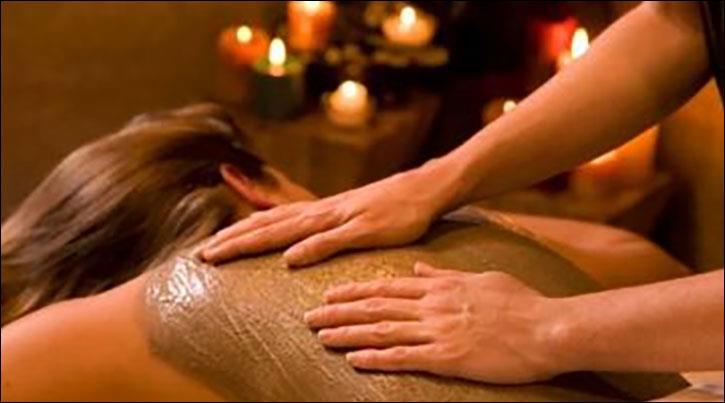
Understanding The Difference Between A Hammam And A Moroccan Bath

What's the difference between a hammam and a Moroccan bath.
In the realm of luxurious spa experiences, the terms 'hammam' and 'Moroccan bath' often surface, sometimes interchangeably. However, while they share similarities, these two traditional cleansing rituals have distinct origins, procedures, and cultural significances. This article explores these differences and provides insight into experiencing a traditional Moroccan bath in Dubai.
Hammam: A Historical PerspectiveThe term 'hammam' originates from the Arabic word 'ḥammām,' meaning 'bathroom' or 'bathhouse.' Hammams have been a significant part of Middle Eastern, North African, and Turkish cultures for centuries. They were originally inspired by Roman and Byzantine bathhouses and became integral to Islamic culture due to the importance placed on cleanliness in religious practices.
A hammam experience typically involves several stages:
Warming Up : Visitors spend time in a warm room, allowing their body to acclimatize to the heat and open up pores. Scrubbing : An attendant uses a rough mitt (kessa glove) to exfoliate the skin, removing dead skin cells. Washing : Soap made from olive oil or black soap (savon noir) is applied, followed by a thorough rinse. Relaxation : The process often concludes with a massage and a period of rest in a cool room. Moroccan Bath: A Rich TraditionThe Moroccan bath, also known as 'Hammam Maghribi,' is a variation of the traditional hammam but has distinct features that set it apart. Originating from Morocco, this ritual is deeply embedded in Moroccan culture and emphasizes the use of specific natural products.
Key components of a Moroccan bath include:
Steam Room : Similar to the hammam, the process starts in a steam room to relax the muscles and open the pores. Beldi Soap : Unlike the olive oil soap used in many hammams, the Moroccan bath utilizes a special soap called 'beldi soap,' made from olive paste and eucalyptus, known for its purifying properties. Exfoliation : Using a kessa glove, the attendant scrubs the skin vigorously to exfoliate and cleanse. Ghassoul Clay : Unique to the Moroccan bath, this mineral-rich clay from the Atlas Mountains is applied to the body and hair, nourishing and detoxifying the skin. Argan Oil : The process often ends with a massage using argan oil, famous for its moisturizing and anti-aging properties. Experiencing a Traditional Moroccan Bath in DubaiDubai, a city known for its blend of tradition and modernity, offers some of the finest spa experiences, including the traditional Moroccan bath. Here's what to expect when indulging in this luxurious ritual in Dubai:
Luxurious Facilities : Many high-end hotels and dedicated spas in Dubai provide exquisite settings for Moroccan baths, combining traditional elements with modern luxury. Authentic Products : These establishments use authentic Moroccan products, such as beldi soap, ghassoul clay, and argan oil, ensuring a genuine experience. Skilled Practitioners : Trained professionals perform the ritual, ensuring that each step is executed with precision and care. Cultural Ambiance : The ambiance in these spas often reflects Moroccan aesthetics, from the architecture to the decor, creating an immersive experience. ConclusionWhile both the hammam and the Moroccan bath offer rejuvenating and cleansing experiences, they are distinct in their origins, procedures, and cultural significance. The hammam, with its broad Middle Eastern and Turkish roots, offers a more generalized experience. In contrast, the Moroccan bath provides a unique ritual deeply tied to Moroccan heritage, using specific natural products.
For those in Dubai, the traditional Moroccan bath is a must-try. It not only offers a chance to relax and rejuvenate but also provides a glimpse into the rich cultural traditions of Morocco. Whether you are a resident or a visitor, indulging in a traditional Moroccan bath in Dubai is an experience that promises both luxury and cultural enrichment.

Legal Disclaimer:
MENAFN provides the
information “as is” without warranty of any kind. We do not accept
any responsibility or liability for the accuracy, content, images,
videos, licenses, completeness, legality, or reliability of the information
contained in this article. If you have any complaints or copyright
issues related to this article, kindly contact the provider above.

















Comments
No comment